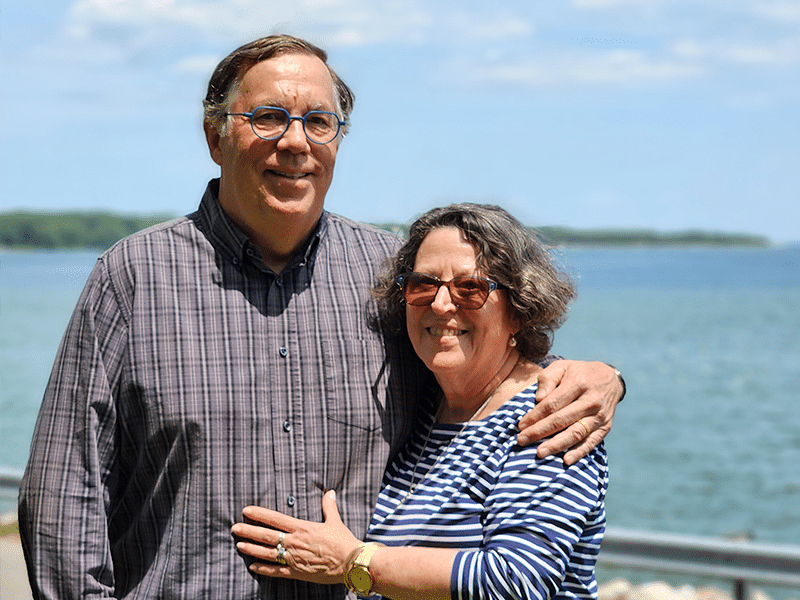1oo Stories

Impact
Grateful for Philanthropists Brian Hochheimer and Margie Wax

We are deeply grateful to Brian Hochheimer and Margie Wax for their generous $1 million donation to establish the Chesapeake Biological Laboratory’s (CBL) first-ever endowed professorship, honoring Tom Miller, CBL’s former Director. This transformative gift will help attract top-tier faculty and advance cutting-edge environmental research.
Brian and Margie’s long-standing support for CBL, including their past contributions to toxicology research in Chesapeake Bay, has made a lasting impact. Their personal connection to Solomons Island and CBL further strengthens this meaningful legacy.
As we celebrate our centennial, this endowment will ensure that UMCES and CBL will continue to lead in environmental science for generations to come. We are incredibly fortunate for their support and thank them for their commitment to our mission.






